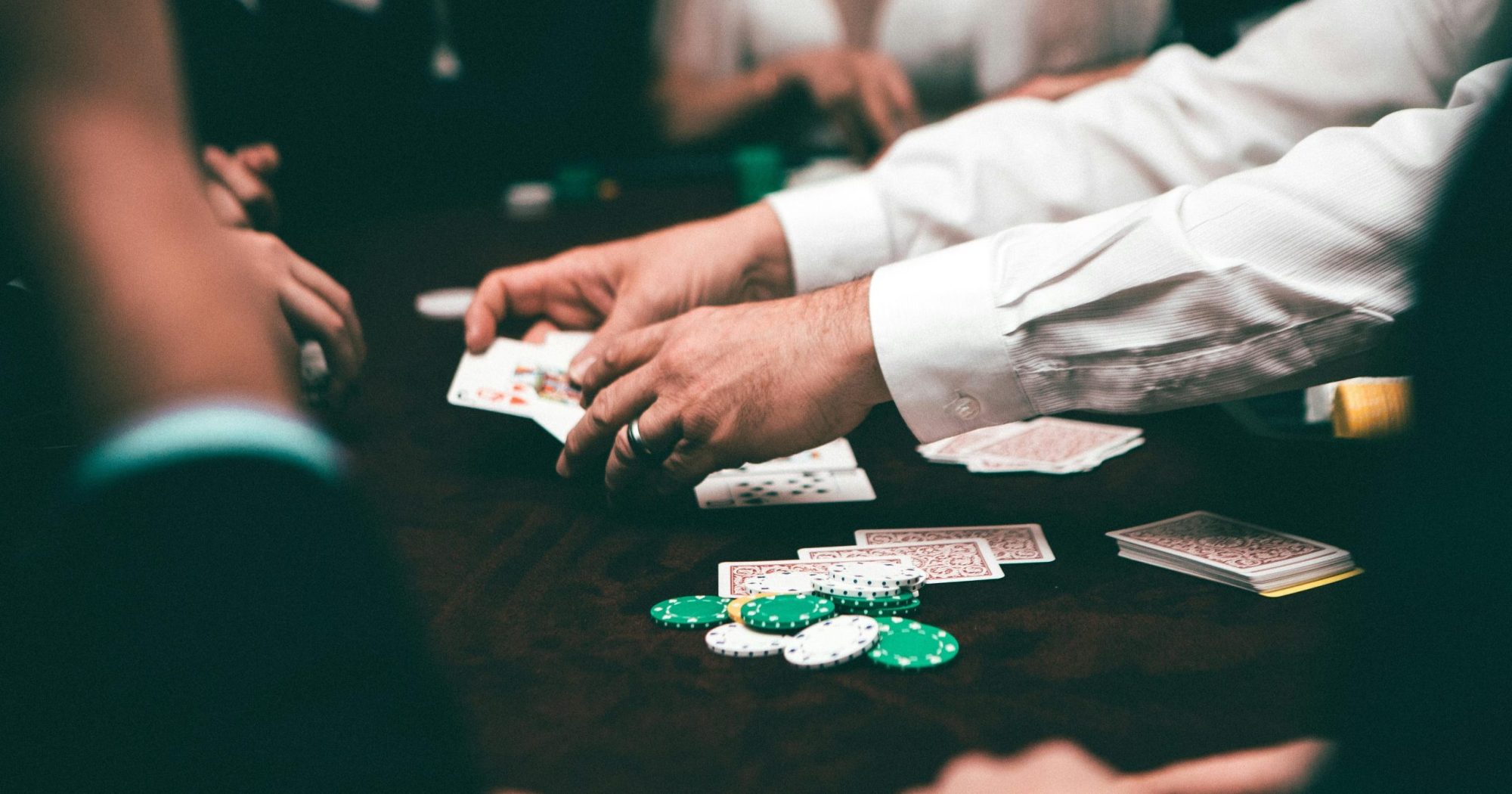Blackjack is a game of skill and decision-making, and knowing the basics of how to play blackjack plus when to split or hit can make a big difference in your overall results. Splitting pairs gives you a chance to play two separate hands, while hitting allows you to take additional cards to improve your total. Understanding when to apply these moves is essential, whether you’re new to the game or refining your strategy.
Understanding Splitting in Blackjack
Splitting is an option when you’re dealt two cards of the same rank. By placing an additional bet equal to your original wager, you can split the pair into two separate hands, each played individually. The key to splitting well is knowing which pairs to split, which to avoid, and when to consider the dealer’s hand.
Pairs You Should Always Split
Aces (A-A)
Splitting aces is one of the most fundamental blackjack strategies. An ace can be worth 1 or 11, meaning it gives you the best chance of forming a strong hand. When you split aces, you start two separate hands with a great opportunity to land a 10-value card, resulting in 21.
Example:
- You are dealt A-A, and the dealer’s upcard is any number.
- If you split, your two new hands each start with an ace, giving you the chance to draw a 10, J, Q, or K to reach 21.
- If you don’t split, you start with 12, which is a weak hand with no strong path forward.
Eights (8-8)
A pair of eights totals 16, which is one of the weakest hands in blackjack. By splitting, you give yourself a chance to improve your position rather than being stuck with a total that frequently results in a loss.
Example:
- You are dealt 8-8, and the dealer’s upcard is 7.
- If you split, you now have two hands starting with 8, allowing you to draw a higher-value card to improve your total.
- If you don’t split, you have 16, a difficult hand that often results in a loss whether you hit or stand.
Pairs You Should Never Split
Fours (4-4)
A pair of 4s gives you a total of 8, which is a reasonable starting point. Splitting means you start two hands with a weak 4, which doesn’t give you much room to improve.
Example:
- You are dealt 4-4, and the dealer’s upcard is 5.
- If you split, you now have two weak hands that require significant improvement.
- If you hit, you might land a 10 or a face card, bringing you to a solid 18.
Fives (5-5)
A pair of 5s totals 10, which is a strong number to build on. Rather than splitting, doubling down is often the better choice when the dealer’s upcard is weak.
Example:
- You are dealt 5-5, and the dealer’s upcard is 6.
- If you split, you are left with two weak hands starting at 5.
- If you double down, you have a high chance of drawing a 10-value card, reaching 20.
Situational Splitting Decisions
Some pairs require a bit more thought and depend on what the dealer is showing.
Sixes (6-6)
Splitting sixes is only advisable when the dealer has a weak upcard (2-6). If the dealer has a 7 or higher, hitting is often the better choice.
Example:
- You are dealt 6-6, and the dealer’s upcard is 4.
- If you split, you now have two hands that can easily improve with a 10-value card.
- If you don’t split, you are stuck with 12, which is difficult to play.
Nines (9-9)
Nines total 18, which is a decent hand, but splitting can be beneficial if the dealer is showing 2-6 or 8-9.
Example:
- You are dealt 9-9, and the dealer’s upcard is 6.
- If you split, you could get a 10-value card on both hands, resulting in two strong hands.
- If the dealer has a 7, keeping 18 might be the safer option.
When to Hit in Blackjack
Hitting is the act of drawing another card to improve your hand. Knowing when to hit is crucial, as taking unnecessary risks can lead to going over 21.
When Your Total is 11 or Lower
There’s no risk of busting when your total is 11 or less, so taking a hit is always the right choice.
Example:
- You are dealt 5-6, giving you 11.
- Hitting could result in a 10-value card, giving you 21.
When You Have 12-16 Against a Strong Dealer Card
A hand totaling between 12-16 is tricky, especially if the dealer is showing a 7 or higher. Since the dealer must hit until they reach 17, your weaker total puts you at risk.
Example:
- You have 10-2 (total 12), and the dealer’s upcard is 9.
- Hitting gives you a chance to get closer to 20.
- If you stand, you are relying on the dealer busting, which is not a strong position.
Key Considerations for When To Hit & When To Split
- Always split aces and eights to maximise your winning potential.
- Never split fives and tens, as they already form strong hands.
- Consider the dealer’s upcard before splitting or hitting.
- Hitting on low totals (11 or less) is safe, while hitting on 12-16 depends on the dealer’s strength.
- Doubling down on 10 or 11 is often better than splitting, as it increases the potential payout.
Understanding these fundamental blackjack strategies will help you make better decisions and approach the game with more confidence. Blackjack is all about balancing risk and reward, and knowing when to split or hit can make a significant difference over time.
Betting is only available to participants above 18 years. Please bet responsibly. BeGambleAware.org


